Surface treatments for steel: shot peening and satin finishing
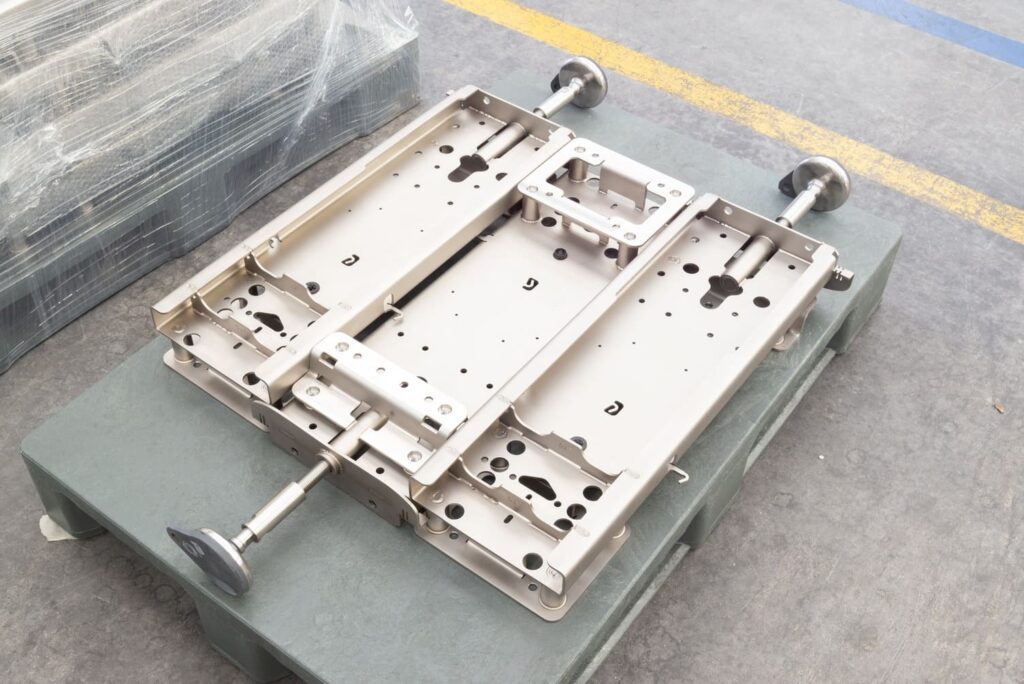
Pallinatura e satinatura sono due tra i trattamenti superficiali dell’acciaio più utilizzati per rifinire le superfici in inox. Ma quali obiettivi consentono di raggiungere e come si differenziano i due processi? In questo articolo vedremo vantaggi, caratteristiche comuni e differenze tra le due metodologie e come utilizzarle al meglio. Cosa sono i trattamenti superficiali dell’acciaio […]
Metal’s case history: optimizing costs while maintaining the product’s aesthetics to adapt it to different markets

In Metal’s realizziamo assiemi, semilavorati, parti e componenti in acciaio inox nelle quantità concordate, gestendo l’intero processo: dagli ordini fino alla consegna. Possiamo occuparci ogni tipo di progetto, soprattutto quelli più complessi e sfidanti, seguendo ogni fase del processo logistico e produttivo. Il nostro obiettivo è consegnare ai nostri clienti i prodotti richiesti, rispettando le […]
Metal’s for complex stainless steel assemblies: the supply of systems in an advanced state of assembly

Quando il nostro ufficio commerciale riceve una commessa per la realizzazione di un assieme complesso, la macchina di Metal’s si mette in moto per rispettare le richieste e le tempistiche concordate con i nostri clienti. Come funziona questo processo, quali parti coinvolge attivamente e quali sono i vantaggi per chi si rivolge a noi? Dall’acquisto […]
Brushed steel: the hygienic finishing

La spazzolatura dell’acciaio è una finitura molto richiesta nei semilavorati e negli assiemi complessi. Viene eseguita al termine di altre lavorazioni (come piegatura e saldatura) per eliminare le imprecisioni e per rendere l’acciaio inox più omogeneo, liscio al tatto e opaco. La sua è una funzione estetica, ma anche igienica: la spazzolatura, infatti, rende la […]
New Industry 4.0 investments

Con la partecipazione al “Bando Investimenti Sostenibili 4.0” siamo riusciti a realizzare un importante investimento tecnologico in grado di incrementare i volumi di produzione ed al contempo ottimizzare i processi di lavorazione dei manufatti, garantendo alla struttura una maggiore efficienza e versatilità. La maggiore produttività realizzata, massimizzata anche attraverso l’interconnessione con il sistema informativo di […]
Metal’s case history: simplify a complex project, reducing maintenance costs

In Metal’s possiamo gestire l’intera produzione, per realizzare assiemi, semilavorati, parti e componenti in acciaio inox nelle quantità e con le caratteristiche che desideri. Amiamo le sfide e per questo possiamo realizzare anche i progetti più complessi. Il nostro è un percorso che, dalla consulenza alla produzione, attraversa molteplici fasi per offrire ai nostri clienti […]
See you at HOST Milan 2023!
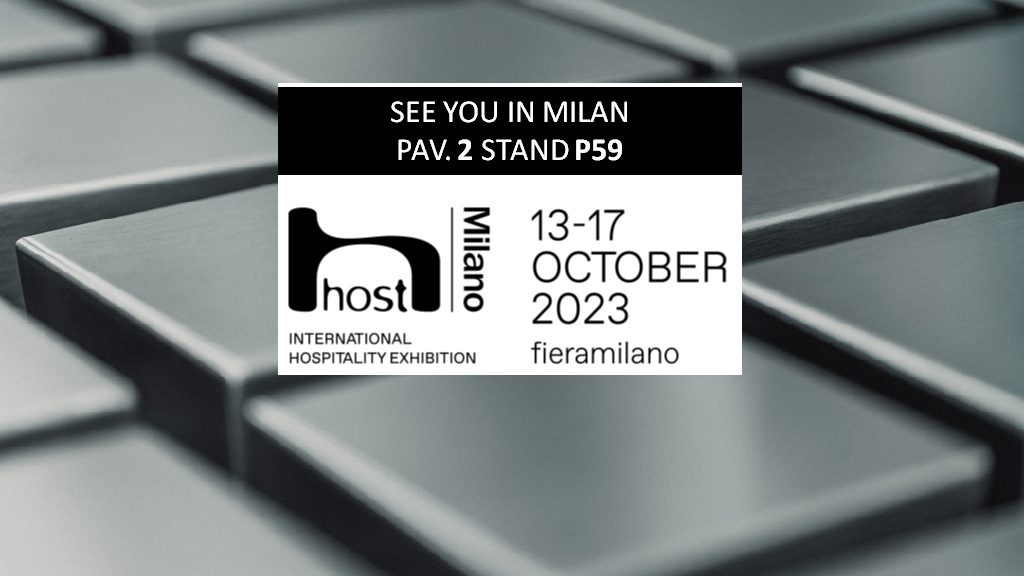
Siamo entusiasti di annunciare la nostra partecipazione anche quest’anno alla prestigiosa fiera Host di Milano, un evento imperdibile nel mondo dell’ospitalità e della ristorazione.La fiera rappresenta per noi un’importante opportunità per condividere le nostre più recenti innovazioni in termini di tecnologie e processi, nonché per incontrare i nostri clienti e partner.Vi aspettiamo al Padiglione 2, […]
Stainless steel: sustainability and eco-friendliness

L’acciaio inox è un materiale sostenibile dalle importanti caratteristiche che si può utilizzare in diversi settori e applicazioni. Inventato nel XIX secolo dal tecnico metallurgico britannico Harry Brearley, l’acciaio inossidabile è composto principalmente da ferro, carbonio e cromo, che possono essere abbinati ad altre leghe per aumentarne la resistenza e per ampliarne i possibili usi.. […]
Stainless steel in the food and medical sector: advantages and safety
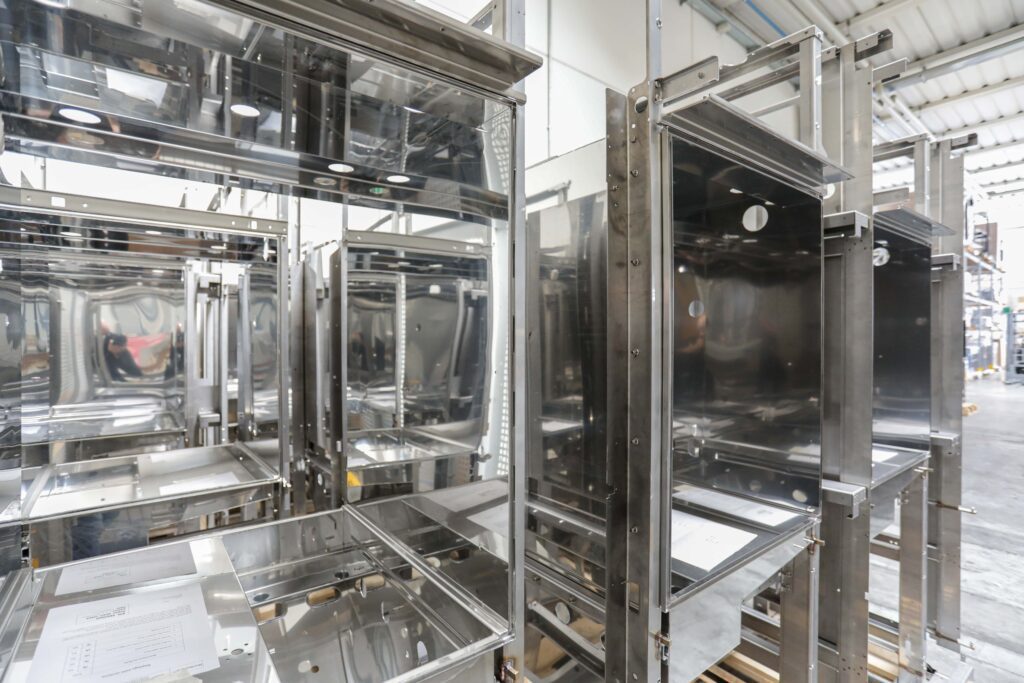
L’acciaio inox è uno dei materiali maggiormente utilizzati nel settore alimentare e medicale perché offre numerosi vantaggi ed evita il rischio di contaminazioni. Composto soprattutto da ferro e cromo, a cui si abbinano altre leghe in diverse quantità, l’acciaio inossidabile è durevole, resistente alla corrosione, facile da pulire e da mantenere nel tempo. Vediamo meglio […]
Metal’s case history: how we optimised costs without changing the aesthetics and functionality of the product
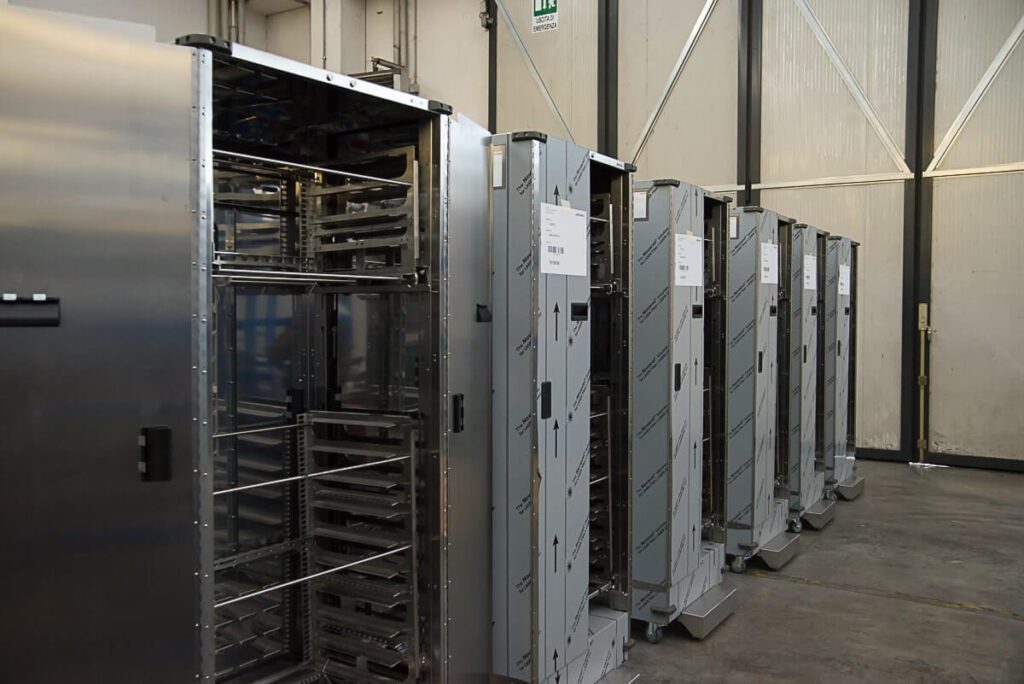
La lavorazione dell’acciaio inox è solo uno dei passaggi del nostro processo produttivo. In Metal’s, infatti, ci impegniamo a fornire un servizio completo ai nostri clienti, che parte dalla consulenza e arriva alla consegna. Ne abbiamo già parlato nell’articolo su come lavoriamo. Ma in che modo viene sviluppato un progetto, concretamente? E come approcciamo una […]
Advanced metal machining: the advantages of laser technology in the metal industry
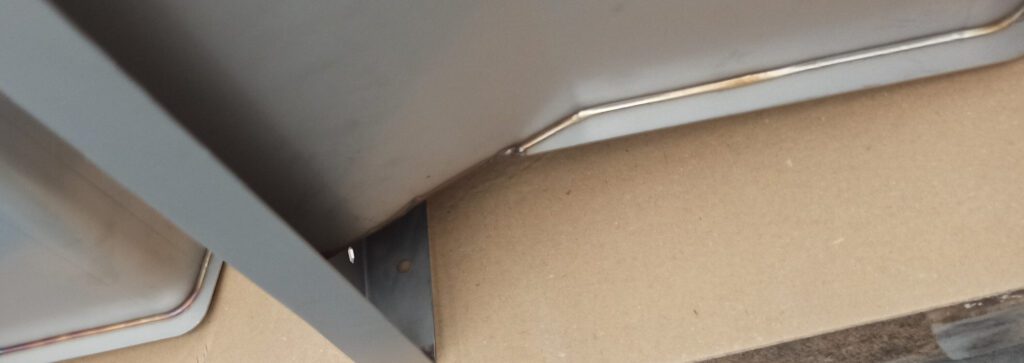
La tecnologia laser per la lavorazione dei metalli è un sistema di lavorazione molto preciso che prevede l’emissione diretta di una sorgente di luce dall’alta densità energetica su un’area specifica del materiale allo scopo di tagliarlo, saldarlo oppure inciderlo con estrema pulizia e velocità. Sviluppata negli anni Sessanta, la tecnologia laser si è perfezionata nel […]
New 6-Days project

Dopo il buon esito del progetto 6-days avviato lo scorso ottobre abbiamo deciso di ripetere il programma con l’introduzione di 8 nuove figure dal 13/03/23.Il progetto studiato per agevolare i nuovi inserimenti prevede 30 ore settimanali in 6 giorni.Le risorse faranno dapprima una formazione teorica nella Metal’s Academy e poi saranno inserite nei reparti produttivi, […]
We have new welding machines equipped with laser technology
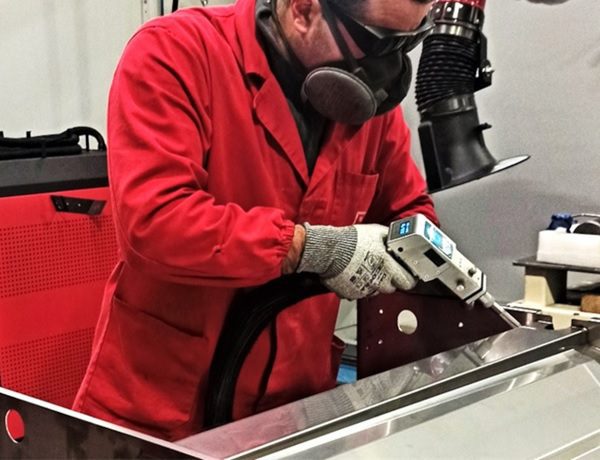
Da qualche mese abbiamo introdotto nei nostri reparti produttivi due nuove saldatrici laser. Si tratta di una tecnologia di saldatura innovativa che ci ha portato una serie di numerosi vantaggi, tra i quali aumento della velocità di esecuzione, migliore risultato estetico e funzionale. A breve verrà sviluppato inoltre un nuovo impianto completamente automatico dotato di […]
Company welfare extended for the year 2023

Also for the current year the COMPANY WELFARE system, introduced during 2019, has been reconfirmed.
A useful tool for employees for a better conjugation of family and professional life.
Interesting contributions for children, studies, school results and reimbursements for kindergartens in support of the family, as well as the free loan.
New certification 3834-2
Abbiamo ottenuto con successo dall’ente TÜV SÜD la Certificazione ISO 3834-2. La norma ISO 3834 è dedicata alla saldatura e definisce i requisiti di qualità per la saldatura utili sia per coloro che eseguono queste attività, sia per coloro che valutano le capacità del costruttore di produrre manufatti saldati secondo i requisiti di norma. Essere […]
We have our own generator for self-production of nitrogen

In abbinata con l’ampliamento dell’impianto fotovoltaico e principalmente per avere stabilità dei costi di produzione di gas nel tempo abbiamo avviato da qualche settimana un nuovo impianto per l’autoproduzione di azoto.Avere sempre a disposizione il gas che alimenta i nostri impianti di taglio è per noi di fondamentale importanza e questo impianto oltre a darci […]
We moved to our new offices!

Gli uffici direzionali di Metal’s si sono trasferiti nella nostra nuova palazzina che si trova al lato sud rispetto gli stabilimenti esistenti. I nuovi uffici, tutti in open space, godono di spazi molto ampi e ci hanno permesso di creare un ambiente moderno che favorisce la connessione e la produttività.
Metal’s and the Sicily project

In continuazione al progetto formativo Sicilia, già avviato lo scorso febbraio 2022, con il quale abbiamo introdotto nei mesi una decina di persone nei reparti di saldatura e piegatura, stiamo procedendo in questi giorni con l’inserimento di altre risorse sempre provenienti dalla regione Sicilia. Si tratta di un gruppo di persone che saranno dapprima formate […]
